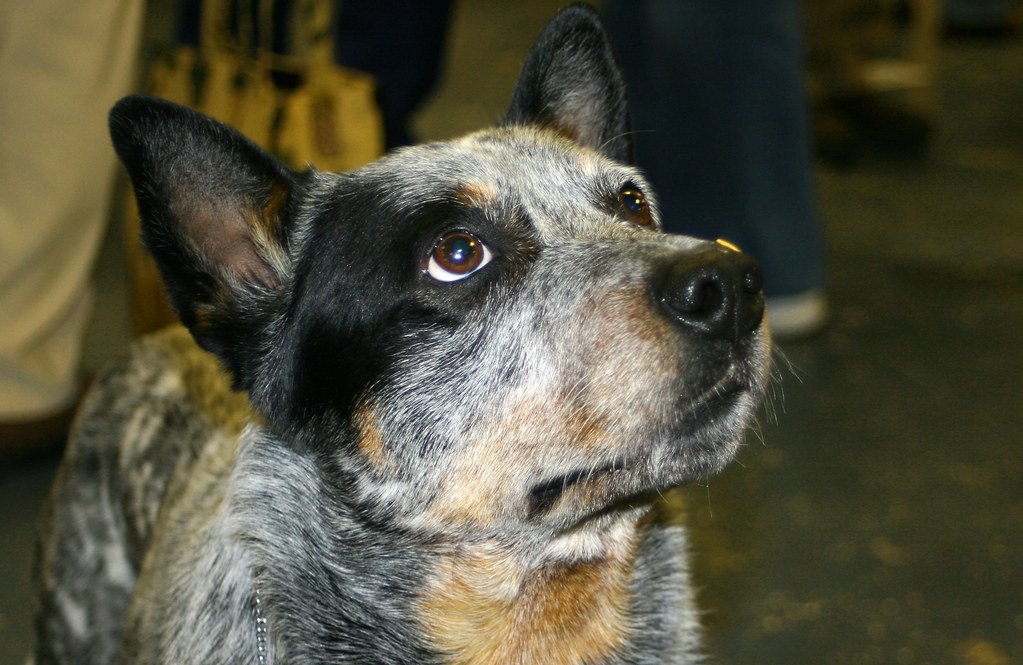Have you ever watched a playful toddler race toward a dog, arms wide, and held your breath, hoping for a happy ending? If you’ve been there, you know not every dog breed is built for the chaos and unpredictability of life with little kids. Some pups just aren’t fans of sticky fingers, shrill giggles, or surprise hugs. It’s not their fault—each breed has its quirks, instincts, and comfort zones. As a lifelong dog lover and canine expert, I’ve seen firsthand how mismatched expectations can lead to stress for both dogs and families. Let’s walk through the top 10 breeds that tend to struggle with young children, so you can set everyone up for success—and keep those tails wagging!
Chihuahua
Chihuahuas are tiny but mighty, with personalities that can fill a room. Because of their size, they’re easily startled by fast movements and sudden noises—two things toddlers excel at! It’s common to see Chihuahuas growling or nipping when they feel threatened or cornered, especially if a child tries to pick them up roughly.
Despite their loyalty to adult owners, Chihuahuas often prefer calm environments. They can become anxious or snappy when faced with unpredictable little ones. If you notice your Chihuahua hiding, licking their lips, or yawning excessively, those are signs they’re overwhelmed. Creating quiet spaces and teaching kids gentle petting can help, but supervision is always essential.
Shih Tzu
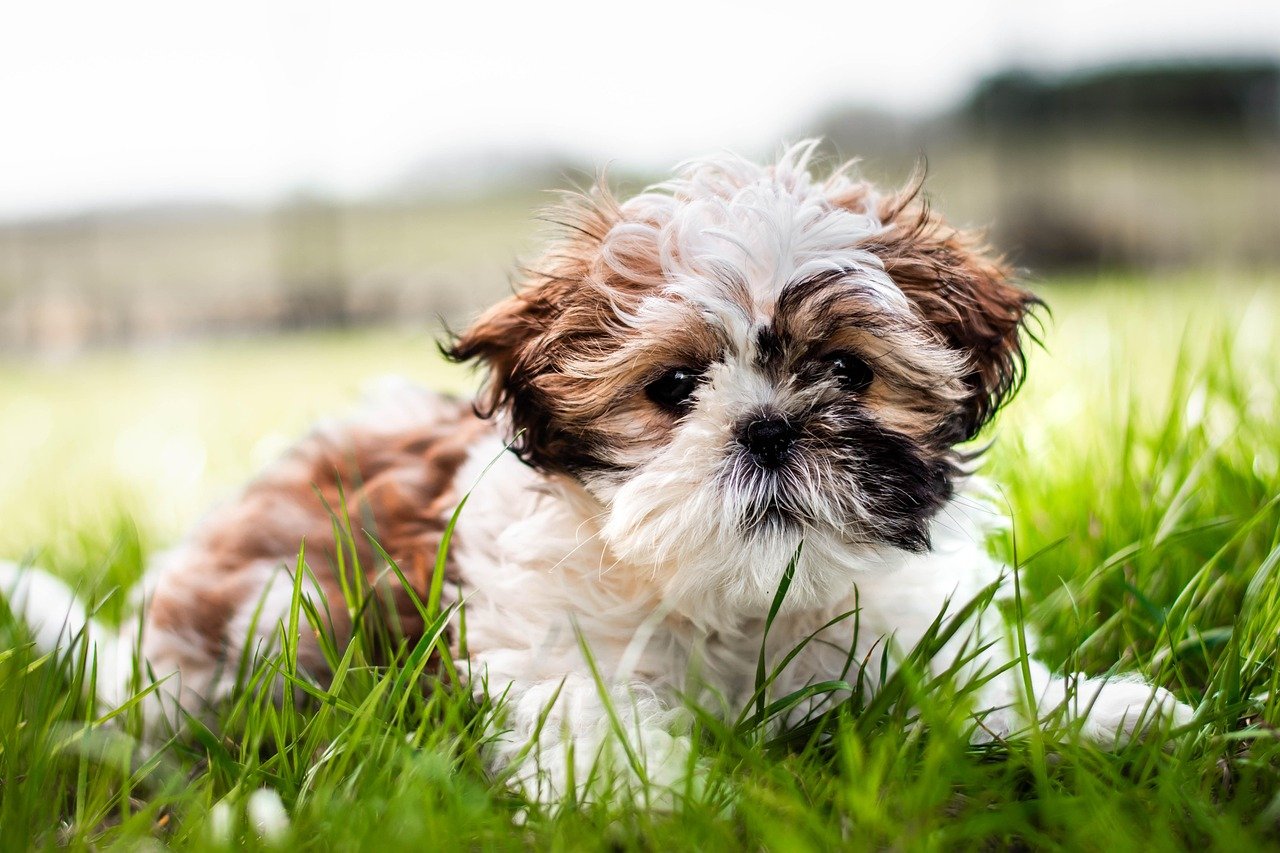
Shih Tzus are adorable companions, but their patience has limits. These dogs thrive on routine and peace, which doesn’t always mesh with the energy of young children. They may become defensive if their personal space is invaded or if a child pulls their beautiful coat.
Shih Tzus can show stress through excessive panting, pacing, or even growling softly. They’re often happier with older, more respectful children. If you have a Shih Tzu and a toddler, try setting up a cozy “safe zone” where your dog can retreat when things get too lively.
Alaskan Malamute
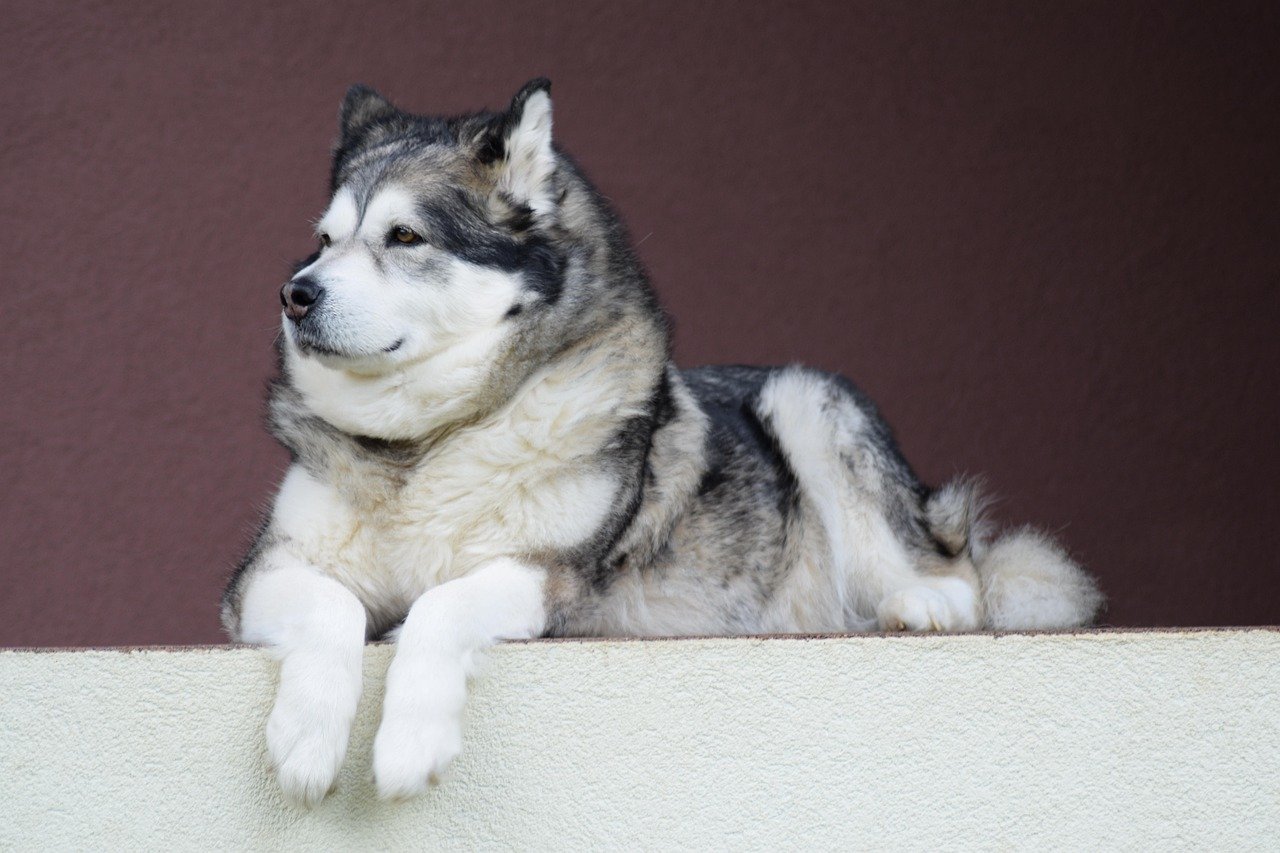
Alaskan Malamutes look like gentle giants, but their strength and independence can be a challenge around small kids. They were bred to work, not to babysit, and don’t always tolerate being climbed on or hugged tightly by toddlers. Accidental bumps can trigger startled reactions.
Malamutes are also prone to resource guarding, especially around food or toys. They may stiffen, stare, or even snap if a child gets too close to their prized possessions. Consistent training and clear boundaries are a must for keeping everyone safe and happy.
Chow Chow

With their lion-like mane and dignified presence, Chow Chows are stunning. But they’re also famously aloof and can be wary of strangers—including children. Chows value their independence and dislike rough handling, sudden noises, or being startled awake.
You might notice a Chow Chow giving a warning growl or turning away when a child approaches. Their body language can be subtle: a stiff posture or a raised tail means “back off.” Socialization is key, but even the best-trained Chow may struggle with rambunctious little ones.
Pekingese

Pekingese have a royal air about them—they were bred to be lapdogs for Chinese emperors! Their regal attitude means they expect respect and gentleness, qualities that toddlers are still learning. They can get cranky or nippy if poked, prodded, or chased.
These dogs often retreat under furniture or behind chairs if they feel overwhelmed. Watch for signs like flattened ears or a tucked tail. Teaching children to use calm voices and soft touches goes a long way, but supervision is always your best tool.
Afghan Hound
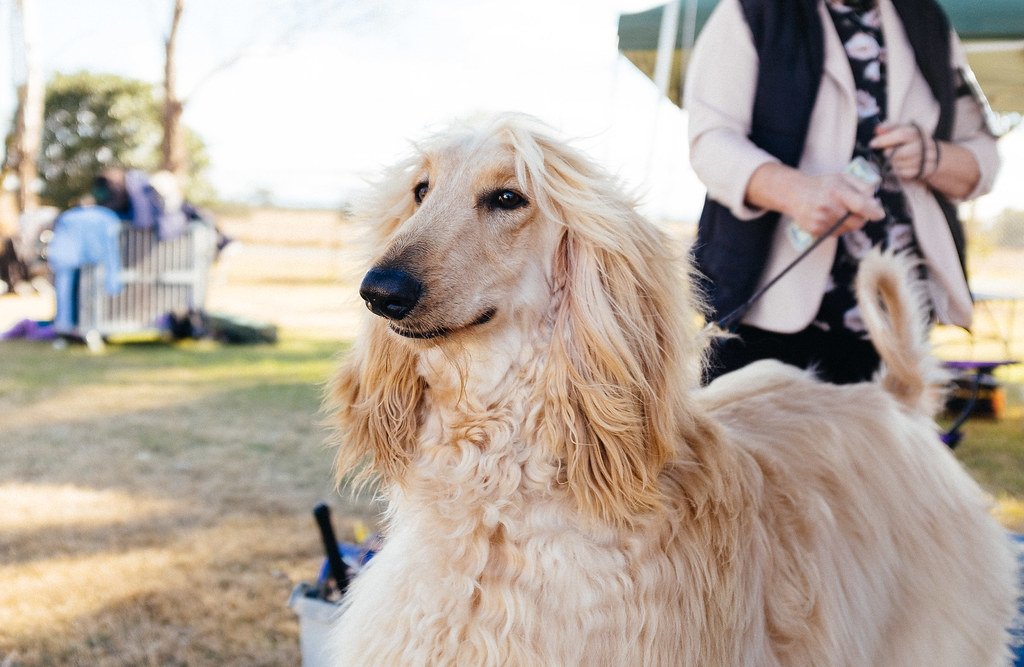
Afghan Hounds are graceful and independent, with a sensitive nature that doesn’t always mesh with young children’s chaos. Their long, silky fur is tempting for little hands, but Afghans can become distressed by rough play or loud noises.
They often show discomfort by avoiding eye contact or slipping away quietly. Because Afghans like their own space, they may not appreciate being followed around or crowded. Providing a quiet retreat helps reduce stress for both your dog and your kids.
Basenji
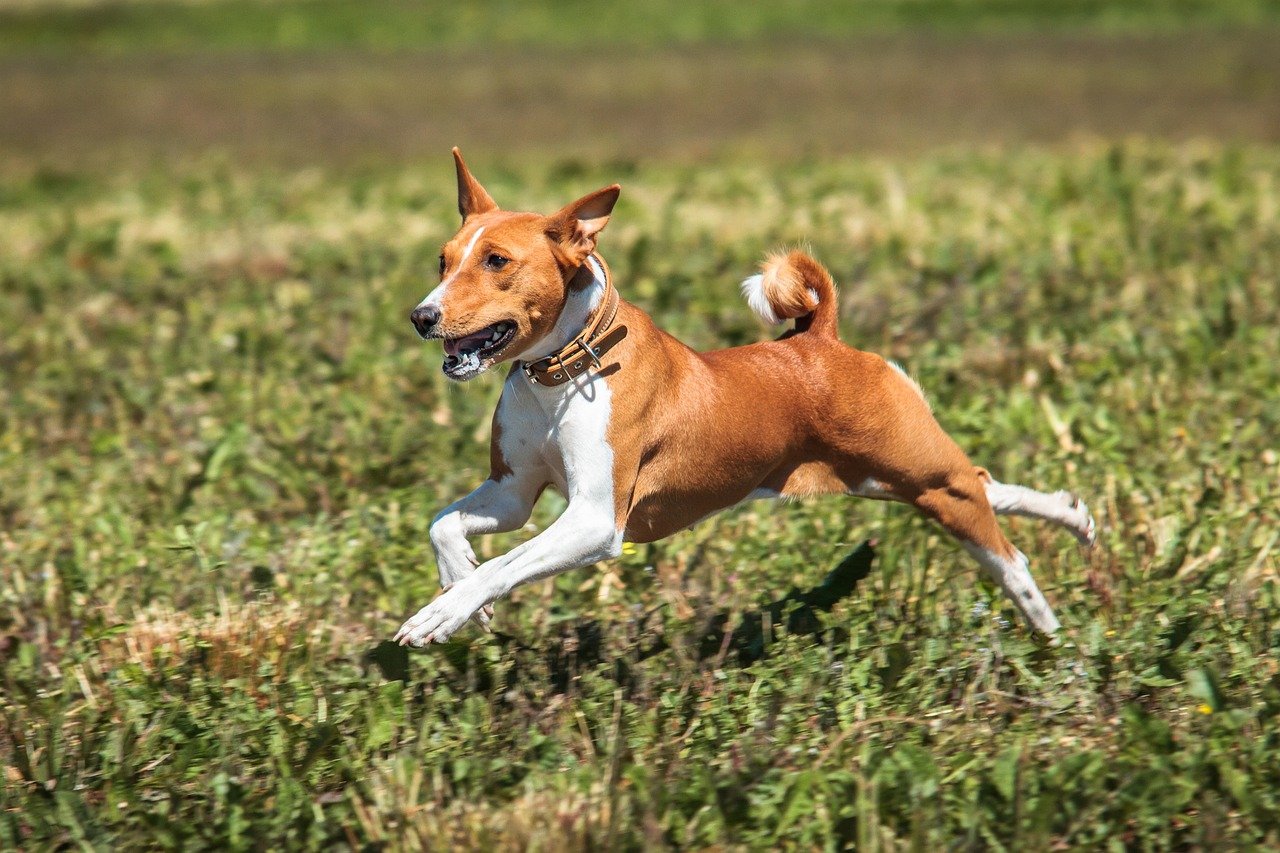
Basenjis are known as the “barkless” dogs, but don’t let that fool you—they have strong personalities and a stubborn streak. They dislike chaos, sudden movements, and loud shrieks, which are all part of daily life with toddlers. If they feel trapped or overwhelmed, they might bolt or snap.
Watch for warning signs like pinned-back ears or a tense body. Basenjis do best with families who understand their need for structure and calm. Using baby gates and providing mental stimulation can help them feel secure.
Australian Cattle Dog
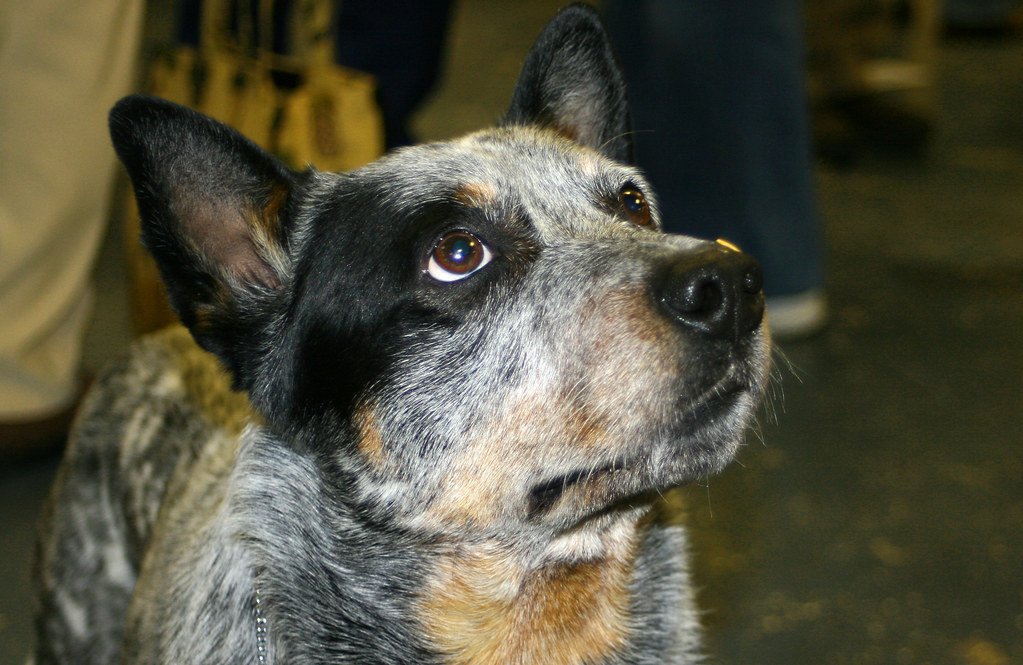
Australian Cattle Dogs are hardworking and energetic, but they come with herding instincts that can be problematic around children. They may try to “herd” toddlers by nipping at heels or circling them, which can frighten or even injure a child.
These dogs thrive with clear rules and lots of exercise, but young kids rarely fit neatly into those boundaries. Look for signs like fixated staring or crouching—signals your dog might be ready to chase. Structured play and boundaries are essential, and never leave a Cattle Dog unattended with small kids.
Greyhound
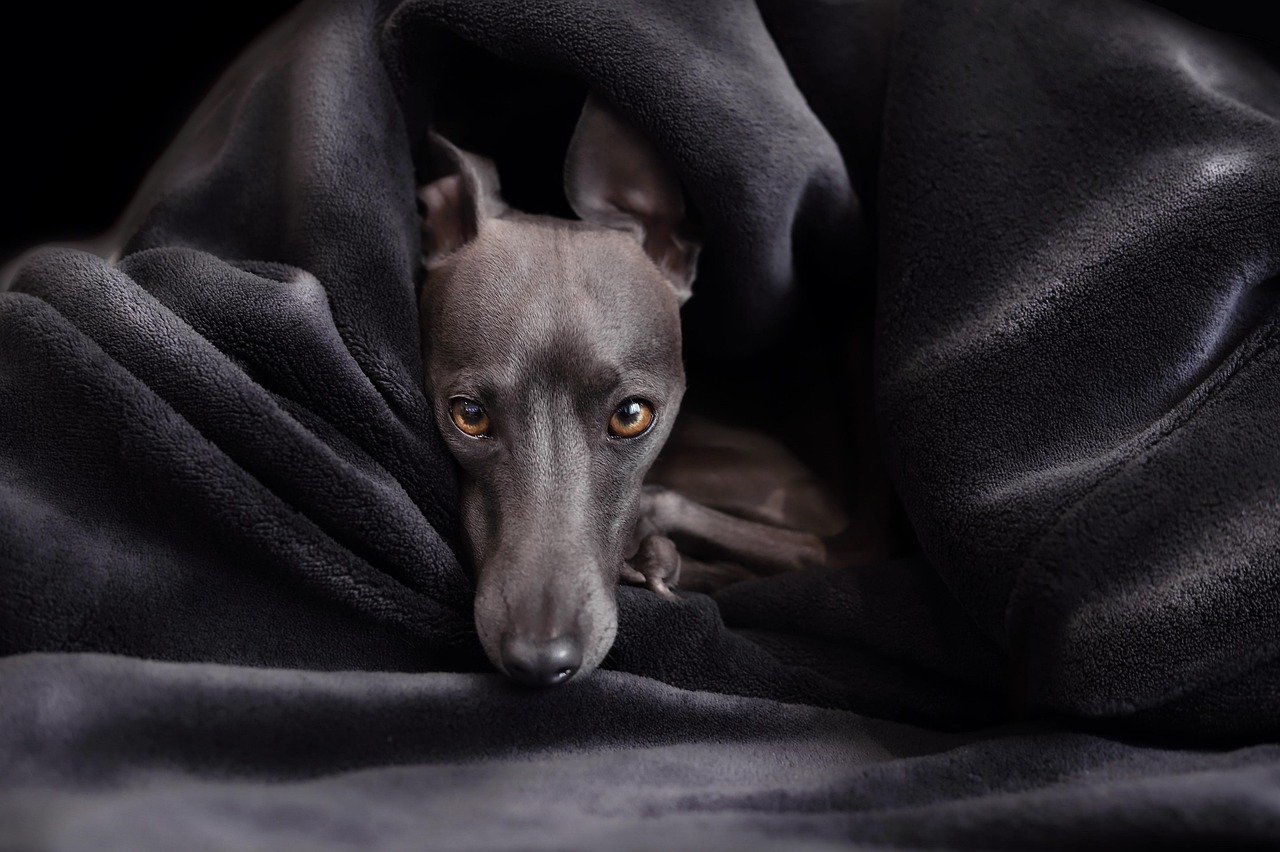
Greyhounds are gentle souls, but their reserved nature can make them uncomfortable with noisy, unpredictable children. They prefer calm, quiet environments and may become startled by sudden hugs or rough play.
If your Greyhound starts trembling, yawning, or hiding in another room, that’s a clue they need a break. While they’re affectionate with adults, these dogs often thrive best in homes with older, more predictable children who understand boundaries.
Akita

Akitas are powerful and fiercely loyal, but their protective instincts can be overwhelming around young children. They can be intolerant of teasing or unpredictable behavior, and their sheer size means an accidental bump can have serious consequences.
Akitas might show discomfort by growling softly, staring intently, or standing between a child and another person. Early training and socialization are crucial, but even then, Akitas require vigilant supervision around little ones to prevent misunderstandings.
It’s always important to remember that every dog is an individual, and with patience, understanding, and the right environment, many can thrive in loving homes. Choosing the right match for your family means listening to your dog’s cues, honoring their boundaries, and teaching children how to respect their furry companions.

Born and bred in South Africa, a Capetonian at heart. Amy-Leigh’s love for nature and animals was inherited from her Dad. He loves taking the family on road trips to experience nature at its finest; Amy-Leigh’s favourite being whale watching in Hermanus and spotting Kudu along the West Coast. Amy-Leigh holds a BA in English Literature and Communication Studies.

